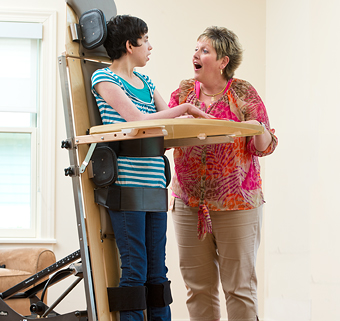Remember Why We Do This
| February 2013 We all know how complex and technical Medicaid rules can be. In 1993 a group of Medicaid recipients sued the District of Columbia for violating some of those rules. Giving judgment in the case, U.S. District Court Judge Gladys Kessler prefaced her opinion with an important observation:
We all know how complex and technical Medicaid rules can be. In 1993 a group of Medicaid recipients sued the District of Columbia for violating some of those rules. Giving judgment in the case, U.S. District Court Judge Gladys Kessler prefaced her opinion with an important observation:
This case is about people—children and adults who are sick, poor, and vulnerable—for whom life, in the memorable words of poet Langston Hughes, “ain’t been no crystal stair.” It is written in the dry and bloodless language of “the law”—statistics, acronyms of agencies and bureaucratic entities, Supreme Court case names and quotes, official governmental reports, periodicity tables, etc. But let there be no forgetting the real people to whom this dry and bloodless language gives voice: anxious, working parents who are too poor to obtain medications or heart catheter procedures or lead poisoning screens for their children, AIDS patients unable to get treatment, elderly persons suffering from chronic conditions like diabetes and heart disease who require constant monitoring and medical attention. Behind every “fact” found herein is a human face and the reality of being poor in the richest nation on earth.
(Salazar v. District of Columbia, 954 F. Supp. 278, D.D.C. 1996)
In light of recent developments in our industry, Judge Kessler’s words are a timely reminder why we—manufacturers, providers, therapists, caregivers—do what we do.




